The Storks Return to Rust
The Austrian town of Rust is known for two things: its the storks that nest on the town rooftops. Both of these things draw thousands of visitors to the little town every year and though the is indisputably excellent, it is the storks that are best remembered.
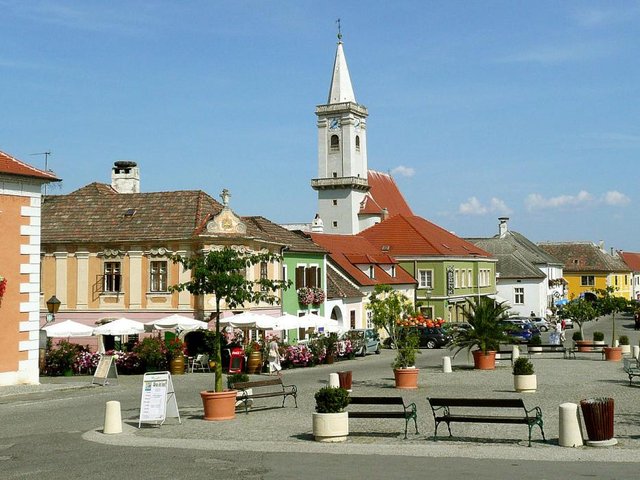
The most famous inhabitants of Rust - the storks
The charming little town of Rust lies about 60 km south of Vienna, close to the Hungarian border and next to the Neusiedler See, or Neusiedler Lake. The town’s name, though somewhat unprepossessing in English, is more charming in German, in which it means ‘elder tree’.
Like many small towns in this country, Rust is quaintly charming and picturesque and looks much like it did in centuries past, with the building painted in pretty pastel colours and window-beds bearing colourful flowers. Only the cars parked in the cobbled-stone streets mark to the passage of time.
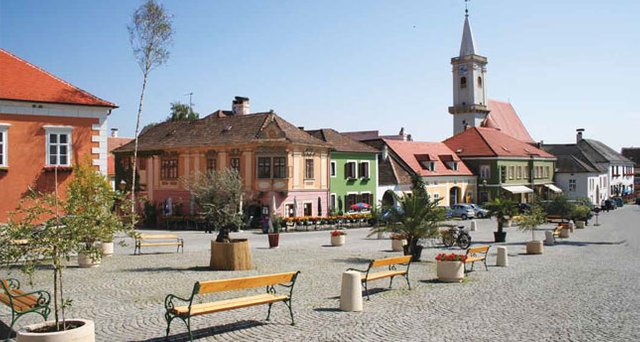
The one discordant element in the picture postcard scene is the huge, scraggly pile of twigs which perch precariously atop many of the rooftops. These untidy heaps are the stork nests of yesteryear, empty, battered and torn by the winter storms and waiting forlornly for the arrival of spring.
The storks arrive with the spring
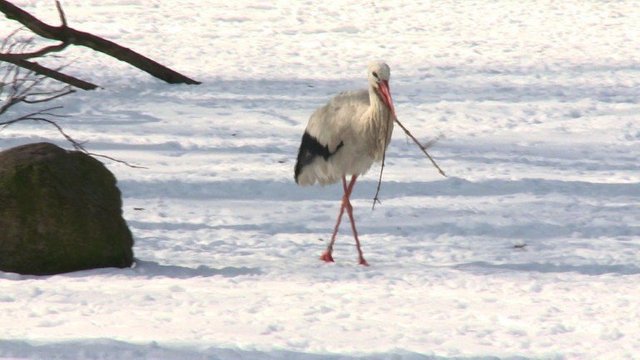
As the first blossoms begin to open in the fields about the town, the white storks leave their winter grounds in Africa and return to Rust, appearing one day out of the clear blue sky and gliding slowly down to their chosen rooftops. They rebuild the scraggly nests, lay their eggs and rear their young before heading off once again to the warm African continent to escape the cold of winter and repeat the cycle.
Spring is the best time to come to Rust, right after the storks have returned and laid their first eggs. Then you’ll be treated to the sight of a stork sitting calmly on a precarious looking perch, while her mate stands guard — frequently on one leg — beside her. The summer time is peak tourist season, but as compensation for the crowded streets and greater traffic, you might just see a little stork chick (pictured below) peeping over the nest’s edge, or taking its first tentative steps along a rooftop. The last good time to see the storks is in early to mid August, just after the tourist season has ended, but before the storks have taken off to make their way to Africa.The simplest way to watch the storks is to walk along the streets and crane your head up at the storks. For those with a bit more care for their necks, a good vantage point from which to watch the birds is the tower of the Katholische Kirche at the southern end of Rathausplatz. The tower also gives a good view of the 12th century Fischerkirche at the other end of Rathausplatz, which is the oldest church in Rust.
The stork's preference for friendly rooftops
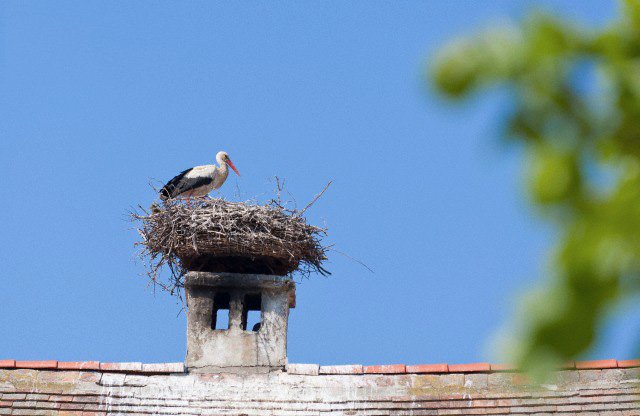
Why do the storks come to Rust? Well, noone really knows why, but most likely, the first storks were probably headed for the nearby Neusiedler Lake.
The vast wetlands surrounding the lake are renowned for the richness and variety of its birdlife, for the simple reason that the reeds create huge areas of inaccessible animal habitat. In between the reeds, the birds are safe from predators, both the human and the animal kind.
Quite likely, the storks first came to feed, breed and nest in the reeds of the lake like the other birds, but found the less crowded rooftops of the nearby town more to their liking. Since then, they have become welcomed inhabitants of the town, and many a house owner counts it as a sign of good luck to have a stork roost on his roof.
There was a time when Rust was in danger of losing its rooftop attractions. Over many years, as more tourists came and the feeding areas and refuges dwindled, the number of storks coming to nest dwindled until it reached a measly eight pairs. The local authorities understandably became alarmed at the loss of their most charming residents, and took serious measures. Refuge spots and feeding grounds were protected and visitors kept away. Platforms were built on the rooftops for the storks to nest on rather than the more uncomfortable chimney. Apparently, the storks thought well of these measures, for in recent years, the number of nesting pairs has steadily risen until today, over 120 pairs are happily nestling on the rooftops again.More than just storks in Rust
Once you’re done admiring the storks, there’s till plenty of other things to check out in Rust, and the first thing to try is of course. The town's prosperity has been centuries on for centuries, long before the first tourist gawked at the storks. The town is fortunately located along one of the warmest areas in Austria, making it excellent grape country, and around the town are atmospheric taverns in which to sip some of the dry, naturally sweet local produce.
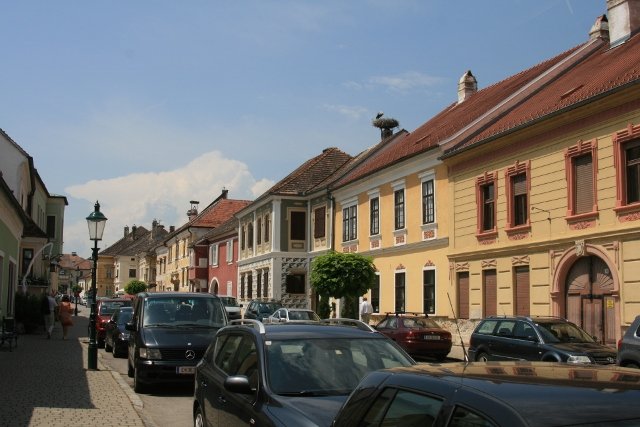
When drinking from a bottle of Rust , you may notice there is an ‘R’ stamped on the cork: the unique insignia stems from a 1524 right granted by the emperor to the local vintners giving them exclusive rights to display such a sign on their products. Another mark of Rust’s making distinction is that it is also home to the only academy in the world where German is spoken.
Another attraction is the Neusiedler Lake, proper home of the storks if Rust itself hadn’t proved more congenial. The lake is as charming as the town it lies next to, with the hills of the vineyards surrounding it. Its average depth is only 1 to 2 metres, and sometimes, a stiff wind can expose the lake bottom. Not only is the water clear (and clearer the further you get from shore) but it is also of drinking quality. Not surprisingly, the lake is popular with locals and Austrian holidaymakers, who come to sail, wind-surf, pedal boat, swim, and in the shallower parts, walk through the water. Access to the lake is 1km down the reed-fringed Seepromenade.